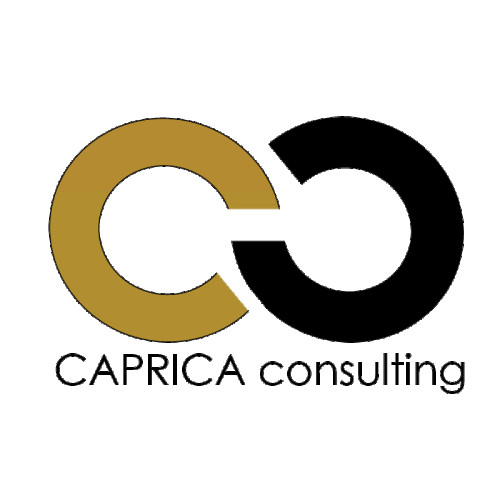„So, do we really need this project attendance sheet too? Isn’t the payroll report enough?” This question is often heard in offices, meeting rooms, and Teams calls when it comes to reporting research and development projects. The answer is simple: not only do you need it, but if you get it wrong, a project worth hundreds of millions could be at risk.
What is a project attendance sheet, and why is it critical?
The project attendance sheet is not just another Excel lost in the bottom of a drawer. It’s a time tracking document that does more than any other: it shows when an employee worked, and more importantly, how many hours they spent on the supported project on each specific day. Not approximately, not „in general,” but itemized, down to the day. It’s not optional, it’s mandatory in every grant where you want to account for wage costs.
Why isn’t the payroll report enough?
The reason is simple: because it doesn’t show what it should.
The time sheet shows when someone was present, or on vacation, sick leave, or working remotely. The payroll report shows how much you paid them. But neither tells you how much time the employee actually worked on your project.
The project attendance sheet is the only document that clearly states: „On this day, the employee worked X hours on the supported project.” And sometimes, that one sentence decides everything.
Did you know? In some audits, the entire grant had to be repaid solely due to errors in the project attendance sheet. No missing invoices, no fraud - just one administrative error that couldn't be corrected in time, and the whole thing collapsed.
What is it for, and why are auditors so strict?
Because they’ve seen it all.
Fictitious work hours, three months of attendance sheets filled out in one afternoon, project hours logged on weekends, missing signatures. Anyone who thinks they won’t check it that thoroughly is either inexperienced or reckless.
If the three core documents - time sheet, payroll report, and project attendance sheet -kih differ even slightly, it instantly raises suspicion.
That’s why these three documents must match 100%. Day by day, hour by hour, signature by signature.
What does a properly kept project attendance sheet need?
The rules are clear: the task doesn’t require magic, just accurate administration.
You need the basic information: project ID, employee name, employer name, place of work, reporting period. The data must be broken down by day, based on the official working time calendar – not from memory. If a date falls on a public holiday, it cannot show eight hours of project work.
You must also record the hours spent on the project, but not by guessing 80 hours at the end of the month. You can’t estimate offhand. You have to record exactly how much time the employee spent on the project each day. This isn’t a reminder note, it’s an official document, a financial proof that an auditor may go through line by line.
And finally: signatures. Both. The employee’s and the project manager’s. And yes, the date is mandatory too, without it, the document is invalid.
Tips for filling it out
Include the professional tasks as well. Yes, on a daily basis. Just a few sentences are enough, they make a big difference, and later you won’t need to prepare a separate technical report.
The working time calendar is your best friend. Keep it open and start from there. Don’t enter project time on a public holiday unless it was officially approved as overtime. And at the end? Do the math. How many total working hours were there? How many were spent on the project? What’s the percentage? These aren’t asked for fun, they determine the reimbursement amount.
And finally: everything has to match. The attendance sheet, the time records, and the payroll report stand or fall together.
FAQ - because yes, you’ll ask these too
- Do I need to write something for every day? Yes. Daily breakdown and task logging are not just best practice, they are key to proving time spent on the project. Without them, you’re one step away from correction requests or even rejection.
- Can I work from home? Usually not. Grant-financed projects typically require the work to be done at the official workplace or under formally registered remote work (telework). If the employee works from home, it’s only acceptable if it complies with both labor law and project conditions – and is clearly stated in the documentation.
- Is it enough if only the project manager signs the sheet? No. The employee’s signature is also mandatory. If either is missing, the document is considered formally invalid and will not be accepted until corrected.
For more information or advice, please fill out our contact form.


